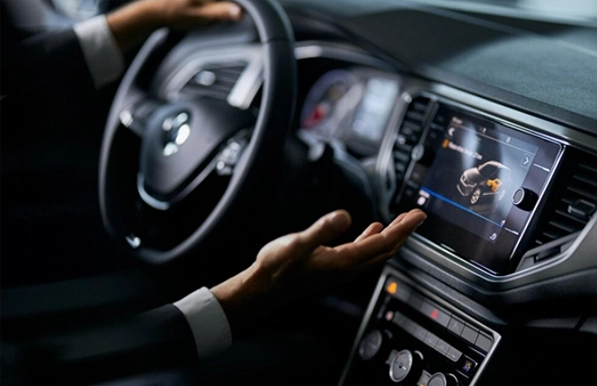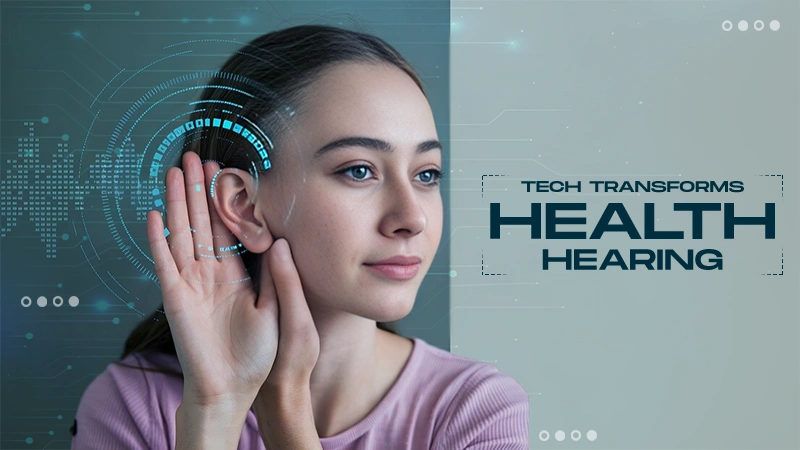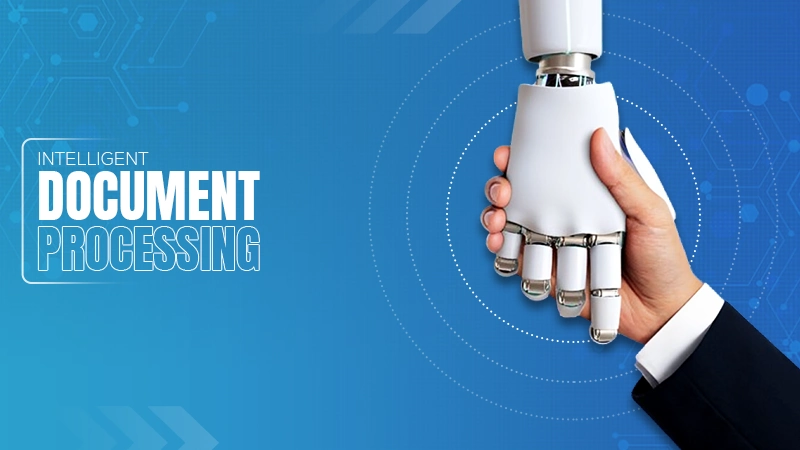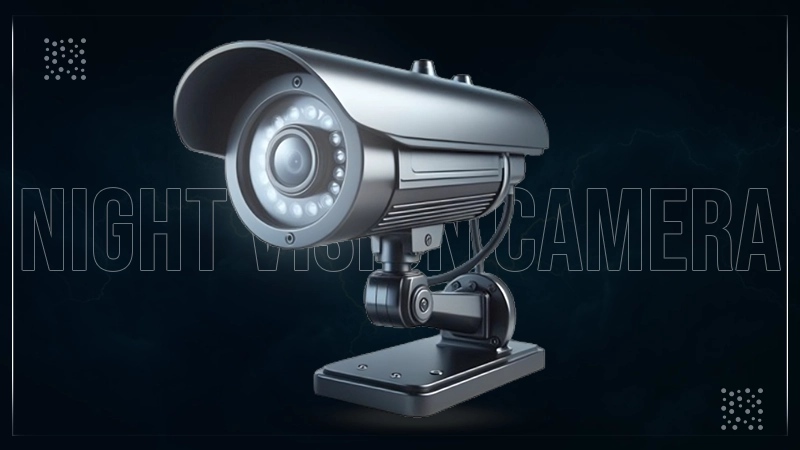How Technology is Revolutionizing Road Safety and Reducing Accidents
Jump To Key Section
- Advanced Driver-Assistance Systems (ADAS): Reducing Driver Error
- Dashcams and Real-Time Monitoring: Better Pair of Eyes on Traffic
- Vehicle-to-Everything (V2X) Communication: Let Your Cars Talk for You
- Smart Traffic Management Systems: Putting Sensibility in Traffic
- Mobile Apps: Safety Awareness Digitized
- Drones and Surveillance Technology: Eyes in the Sky for Road Safety
Vehicle ownership continues to mushroom, but roads are barely widened or adjusted to accommodate the growing number of vehicles. The result? Rising traffic conditions, compromised road safety, and rising traffic accidents. While there’s no way of stopping the increase of cars on the road, technology aims its sights on road safety instead. Thanks to this focus, road safety is improved, and we’re seeing a reduction in traffic accidents. If you’re curious as to how this is achieved, read on as we’ll explore how modern innovations are reshaping our roads in more ways than one and helping save lives.
Advanced Driver-Assistance Systems (ADAS): Reducing Driver Error
No driver consistently escapes the grasp of fatigue, low visibility, and other hazardous driving conditions, meaning errors are bound to happen, which can endanger the driver, passengers, and other motorists. In response to this, some manufacturers have come up with a brilliant solution: Advanced Driver-Assistance Systems (ADAS). If it’s the driver who can’t control circumstances, then the vehicle’s safety system makes up for the rest. One key feature of ADAS is the Automatic Emergency Braking (AEB, which detects an impending collision and applies the brakes automatically in an instant to avoid or reduce the impact. Lane departure warning and lane-keeping assist features alert the driver when the vehicle begins to stray out of its lane, and in some advanced versions, gently steer the vehicle back to the proper lane. The blind spot detection feature uses sensors to detect vehicles in blind spots and alerts the driver through visual or sound cues, which is helpful during turns or reverse drives. Adaptive cruise control is another vital feature that adjusts the vehicle’s speed to maintain a safe following distance from another vehicle. These technologies are found in new vehicle models, and studies point out that ADAS is doing a good job of enhancing driver awareness and reducing human error. ADAS also improves drivers’ reaction time, allowing them to respond to potential hazards, leading to a significant decrease in collision rates.
Dashcams and Real-Time Monitoring: Better Pair of Eyes on Traffic
Some drivers may question the need for adding dashcams when they can see the road in front of them just fine. What they don’t know is that dashcams are invaluable tools for safety and legal purposes. Human memory can be hazy and unreliable at times, especially after experiencing accidents. If there is an injury involved, a skilled car accident attorney in Laredo, TX advises having a dashcam record of the accident ready. A dashcam will be your reliable witness as it records everything happening inside and outside the vehicle and can provide critical evidence in a personal injury claim or traffic dispute. Real-time monitoring is essential for observing driver behavior, which is why many fleet management companies and everyday drivers to telematics systems. These systems track speed, braking patterns, acceleration, and other behaviors, helping businesses and fleet managers coach drivers or alert them to risky behaviors before they lead to accidents.
Vehicle-to-Everything (V2X) Communication: Let Your Cars Talk for You
Many drivers dream of the day when they no longer have to shout out their windows to warn other drivers or pedestrians. The ongoing development of Vehicle-to-Everything (V2X) communication promises to let cars do the “talking” to other vehicles and the infrastructure around them. This technology supports the sharing of data with other cars, traffic signals, electronic road signs, and even pedestrians’ smartphones. One component of V2X is Vehicle-to-Vehicle (V2V) communication, where vehicles exchange speed, direction, and location data to avoid collisions and coordinate movement efficiently and safely. Vehicle-to-Infrastructure (V2I) is another component that utilizes wireless connection between cars and connected road infrastructure like smart traffic lights or road signs, allowing drivers to receive update notifications about traffic situations, road work, or upcoming hazards. The Vehicle-to-Pedestrian (V2P) component of V2X is crucial in providing advanced alerts to drivers or pedestrians of a probable collision, which can prevent serious accidents and save lives.
Smart Traffic Management Systems: Putting Sensibility in Traffic
Urban areas tend to draw in more vehicles by the year, and this trend leads to congestion and higher accident occurrences. With more areas in a city experiencing traffic jams and bottlenecks, human operators must intervene, but they still need help in keeping up with the increased demand for traffic management. This is where leveraging technology can help iron out the flow of traffic and reduce hazards while lifting the burden from outdated control systems. Older traffic control systems use cameras and sensors to detect vehicles approaching traffic lights before activating their functions, but with smart traffic management systems, the range of detection increases exponentially. This means that these systems can predict which areas will become congested and make the necessary adjustments to make traffic flow optimal, especially during rush hours and special events. Drivers can benefit from these systems by experiencing less stop-and-go driving, which often leads to rear-end collisions and traffic disputes.
Mobile Apps: Safety Awareness Digitized
Mobile applications are lending a hand in improving road safety by promoting road safety awareness among drivers. Some road safety apps provide information and reminders on safe driving practices and traffic regulations. Other apps retrieve information from traffic management systems and GPS technology and convert the information into live traffic updates and real-time alerts for weather conditions, road hazards, and other traffic disruptions. Drivers are more likely to practice defensive driving when their primary source of information – mobile devices – reinforces traffic safety awareness.
Drones and Surveillance Technology: Eyes in the Sky for Road Safety
The versatility of drones has expanded so much that government agencies are utilizing them along with surveillance systems to monitor traffic and enforce road safety laws. High-definition imaging plus extensive visual range and high altitude from drones are excellent combinations for capturing real-time accident footage and enabling faster emergency response. This enhanced visual capability using drones is also crucial in law enforcement, especially for identifying reckless drivers, tracking drivers evading arrest, and coordinating pursuit and roadblock strategies. Surveillance cameras also augment visual traffic monitoring by identifying stolen vehicles and taking images of overspeeding drivers, leading to timely law enforcement action. Studies show that surveillance cameras and drone presence in high-risk areas help lower accident rates and traffic law compliance.

Technology can elevate road safety by covering areas that drivers may lack, such as consistent road awareness and blind spot detection. Driver judgment can sometimes be clouded, and smart tools help drivers get back to alert and defensive driving mode. While no technology is completely infallible and guarantees absolute safety, it does help augment road awareness and safety, which gives drivers more days and hours of incident-free driving. As more vehicles ply the streets, we’ll witness more investments and developments in road safety and traffic management technology, which are key to reducing injuries and fatalities on the road.








